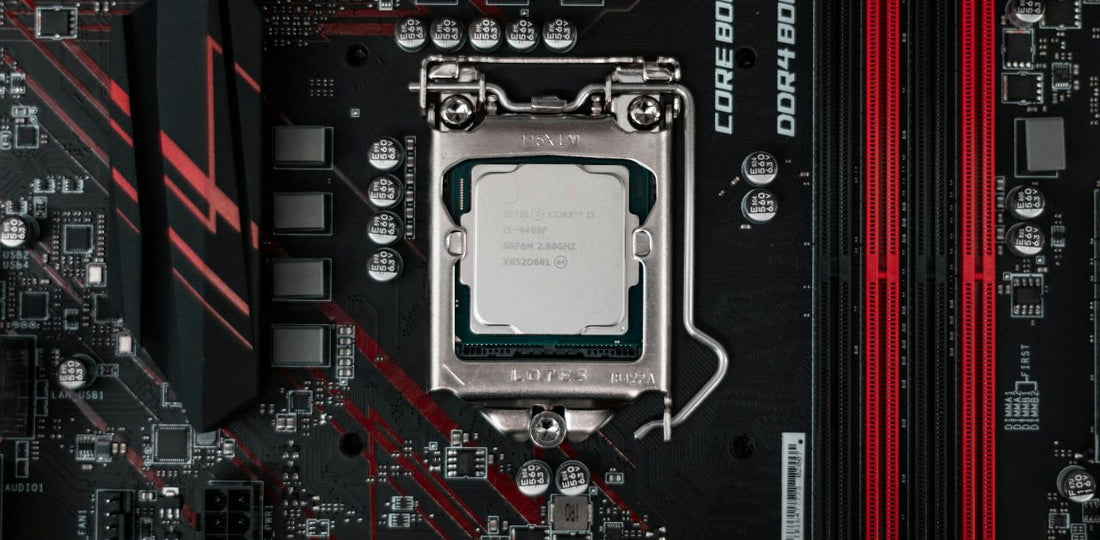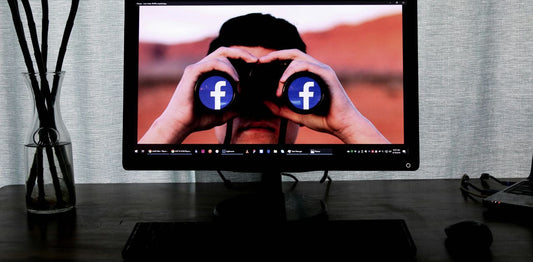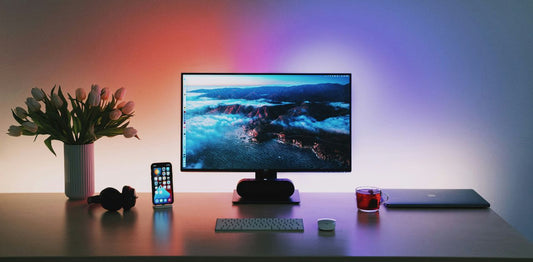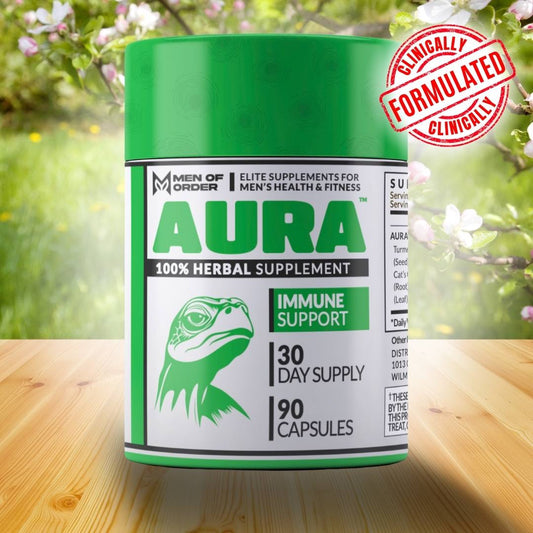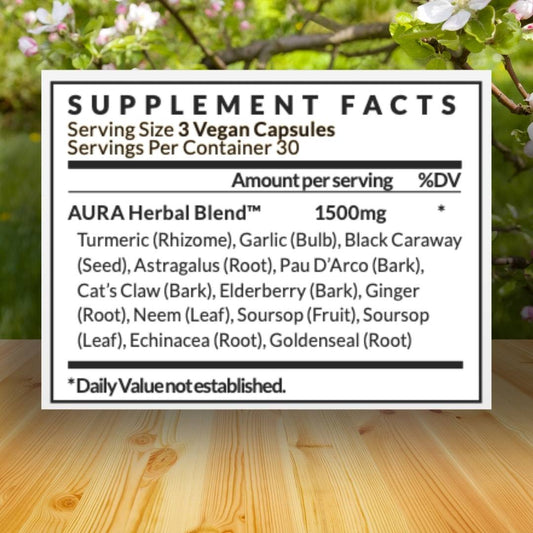Before you shell out money on a new CPU, some basic troubleshooting might resolve the issue. Here are some easy ways you can troubleshoot a bad CPU.
Check the Temperature
If the CPU temperature is consistently above 85°C (176°F), that could be a sign of overheating.
There is software you can use to monitor CPU temperature: SpeedFan, HWMonitor, or AID64 are some different options.
The CPU cooler can cause overheating issues. If it's clogged with dust, clean it out to improve heat dissipation.
It's possible that the CPU cooler is not compatible. Check that the cooler is fully compatible with the CPU socket.
Also, make sure your entire PC is getting enough airflow. There should be enough space between all the other components.
And if you can, try to place your machine in a place that isn't crowded by cords or furniture.

Check the Levels
You can use stress test tools to see if your CPU can handle the load. Prime95, OCCT, or LinX are some stress tool software you can choose from.
If the CPU crashes during the stress test, it may be time for a replacement, re-seat the CPU, or reapply thermal paste.
Use Task Manager or htop (Linux) to monitor CPU usage. Look for any processes that consume high CPU resources and if possible, close them.
Sometimes, Windows services use a lot of CPU resources. If you can disable those, do so. If they're important for your machine to function, see if there's an update.
Windows updates might fix any bugs with specific apps and services.

Check for BIOS Updates
A CPU can fail due to BIOS issues in several ways. One common issue is a sudden power failure, which can damage the BIOS chip and affect the CPU's functionality.
Sometimes the BIOS breaks after a failed update, leading to CPU issues.
If there are bent or missing pins on the motherboard, this can cause the CPU to fail to POST (Power-On Self Test).
Visit the motherboard manufacturer's website to check for BIOS updates. Download and install the BIOS update to make sure your motherboard is running the latest firmware.
Then, reboot your machine after installing.







